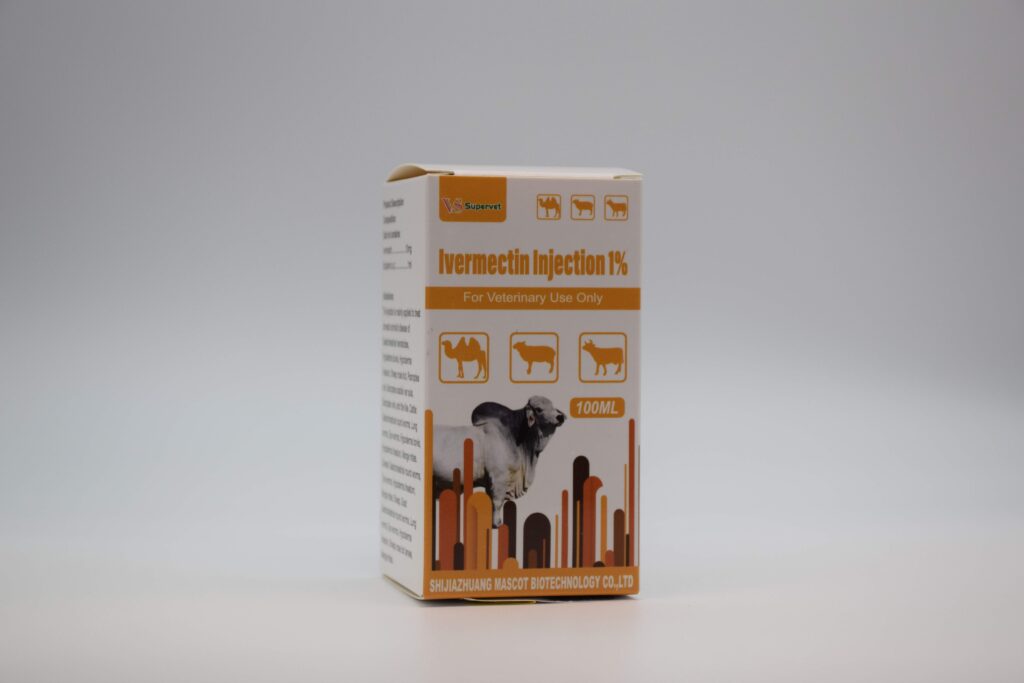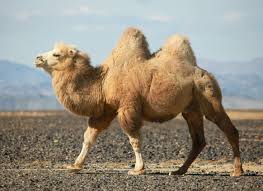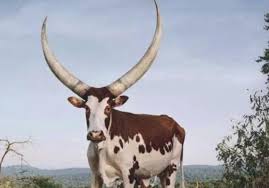
Ivermectin (suspension)
Name:
Ivermectin (suspension)
Common Content:
Ivermectin: 10 mg/ml
Common Volume:
100 ml; 500 ml; 1 liter per bottle
Applicable Animals:
Cattle, sheep, goats, pigs, horses, and various other domestic and farm animals globally, including but not limited to: dairy cattle (e.g., Holstein-Friesian), beef cattle (e.g., Angus, Hereford), small ruminants (e.g., Merino sheep, Saanen goats), swine (e.g., Yorkshire, Landrace), and equines (e.g., Thoroughbred, Quarter Horse).
Dosage and Administration:
This product is typically administered via subcutaneous injection. Ensure proper sterile technique. Shake well before use.
- Cattle (Beef and Dairy):
- Calves/Growing Cattle (up to 200 kg): 1 ml per 50 kg body weight.
- Adult Cattle (>200 kg): 1 ml per 50 kg body weight.
- Frequency: Usually a single dose. Re-treatment may be necessary based on parasitic challenge or veterinary assessment.
- Sheep/Goats (all ages):
- Lambs/Kids (up to 25 kg): 0.5 ml per 25 kg body weight.
- Adult Sheep/Goats (>25 kg): 0.5 ml per 25 kg body weight.
- Frequency: Single administration. Periodic treatment might be advised in endemic areas or during high-risk seasons.
- Pigs (all stages):
- Grower/Finisher Pigs: 1 ml per 33 kg body weight.
- Sows/Boars: 1 ml per 33 kg body weight.
- Frequency: Typically a single dose. For breeding animals, treat prior to farrowing or breeding season.
Applicable Diseases and Symptoms:
Effective for the treatment and control of various internal and external parasites, leading to improved animal health and productivity. Includes:
- Gastrointestinal Roundworms: Such as Ostertagia, Haemonchus, Trichostrongylus, Cooperia, Nematodirus, Bunostomum, Oesophagostomum, Chabertia, Strongyloides.
- Lungworms: Including Dictyocaulus viviparus (cattle), Dictyocaulus filaria (sheep/goats), Metastrongylus spp. (pigs).
- Mites (Scabies Mites): Psoroptes, Sarcoptes, Chorioptes species, causing mange.
- Lice: Sucking lice (Linognathus, Haematopinus, Solenopotes) and biting lice (Damalinia – aiding in control).
- Other Parasites: Potentially effective against some bot larvae and screw-worms.
Precautions:
- Shake well before use to ensure uniform suspension and accurate dosing.
- Administer subcutaneously only. Ensure the injection site is clean and disinfected.
- Use with caution in pregnant animals, especially during the first trimester. Consult a veterinarian.
- Avoid contact with skin and eyes. In case of accidental contact, wash thoroughly with water.
- Do not administer intravenously or intramuscularly.
- Dispose of used needles and empty containers safely.
Contraindications:
- Known hypersensitivity or allergic reactions to ivermectin or any excipient in the formulation.
- Do not administer to animals severely debilitated or stressed.
- Not for use in dogs and cats. Certain dog breeds (e.g., Collies, Australian Shepherds, Shetland Sheepdogs, Old English Sheepdogs, and crosses thereof) are particularly sensitive to ivermectin at therapeutic doses and may experience severe neurological side effects.
Post-medication Care:
- Observe animals for any adverse reactions after administration, such as swelling at the injection site, general malaise, or allergic reactions (e.g., dyspnea, tremors, salivation), which are rare but possible. If observed, consult a veterinarian immediately.
- Ensure animals have access to fresh water and adequate nutrition.
- Implement good hygiene and animal management practices (e.g., pasture rotation, regular cleaning of premises) to minimize the risk of re-infection and reduce overall parasite burden.
- Monitor parasite load periodically through fecal examinations or clinical signs to assess treatment efficacy and guide future deworming protocols.
- Adhere strictly to withdrawal periods before animals are slaughtered for human consumption or milk is collected.
Applicable Animals
Animal species suitable for this veterinary medication

